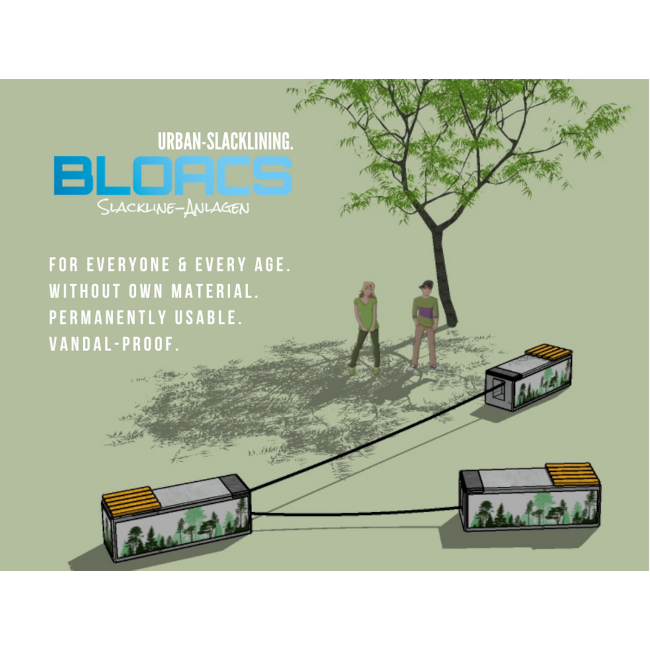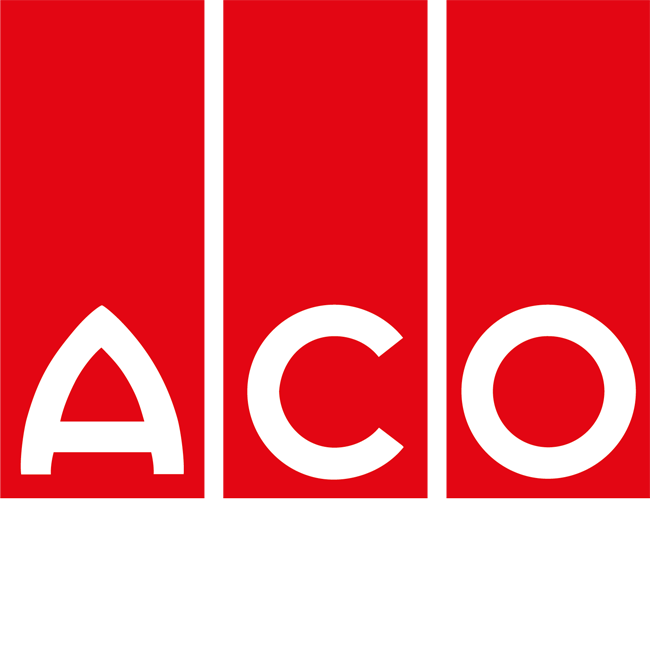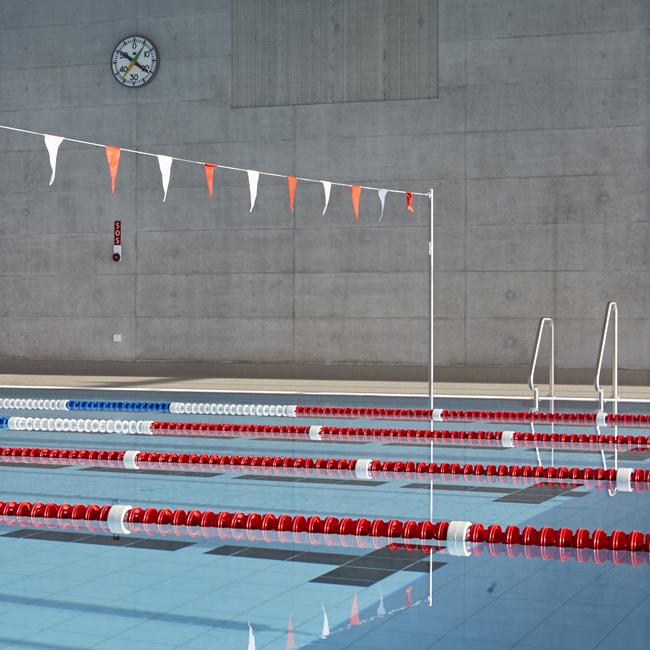Modern sports are highly popular – especially when the emphasis is on fitness, mastery of the body and directly experienced self-efficacy. Public spaces are often used for such individual sports. In the planning and design of urban spaces, it is therefore necessary to create appealing spaces for exercise. In addition to such proven facilities for exercise as parkour, calisthenics, skate parks and pump tracks, there is unexplored potential waiting in the wings – urban slacklining. Urban slacklining describes slackline equipment in urban areas that can be used by anyone without their own gear on a low-threshold and permanent basis. This makes a sustainable contribution to the development of mobile and healthy communities. And it can be achieved with little space and at low cost.
Slacklining is suitable for everyone. It can be practised by young and old, at any fitness level and almost anywhere, but at present it is not accessible to everyone. This is because slacklining, like any other sport, needs infrastructure – in the shape of the anchor points for the slacklines. These are not yet available in sufficient numbers. For the curious and beginners who do not have their own equipment, there is as yet no permanently available infrastructure in the public space. For them, the door to a highly beneficial form of exercising remains closed. Slackline facilities that are accessible to all and can be used at any time (with the aid of permanently installed, vandalism-proof and low-maintenance slacklines) form the basis of the urban slacklining of the future. These facilities are safe, challenge the user and enable a low-threshold introduction to a sport that improves coordination, balance and concentration skills in everyday life and while encouraging users to exercise and thus enhance their health in the long term.







